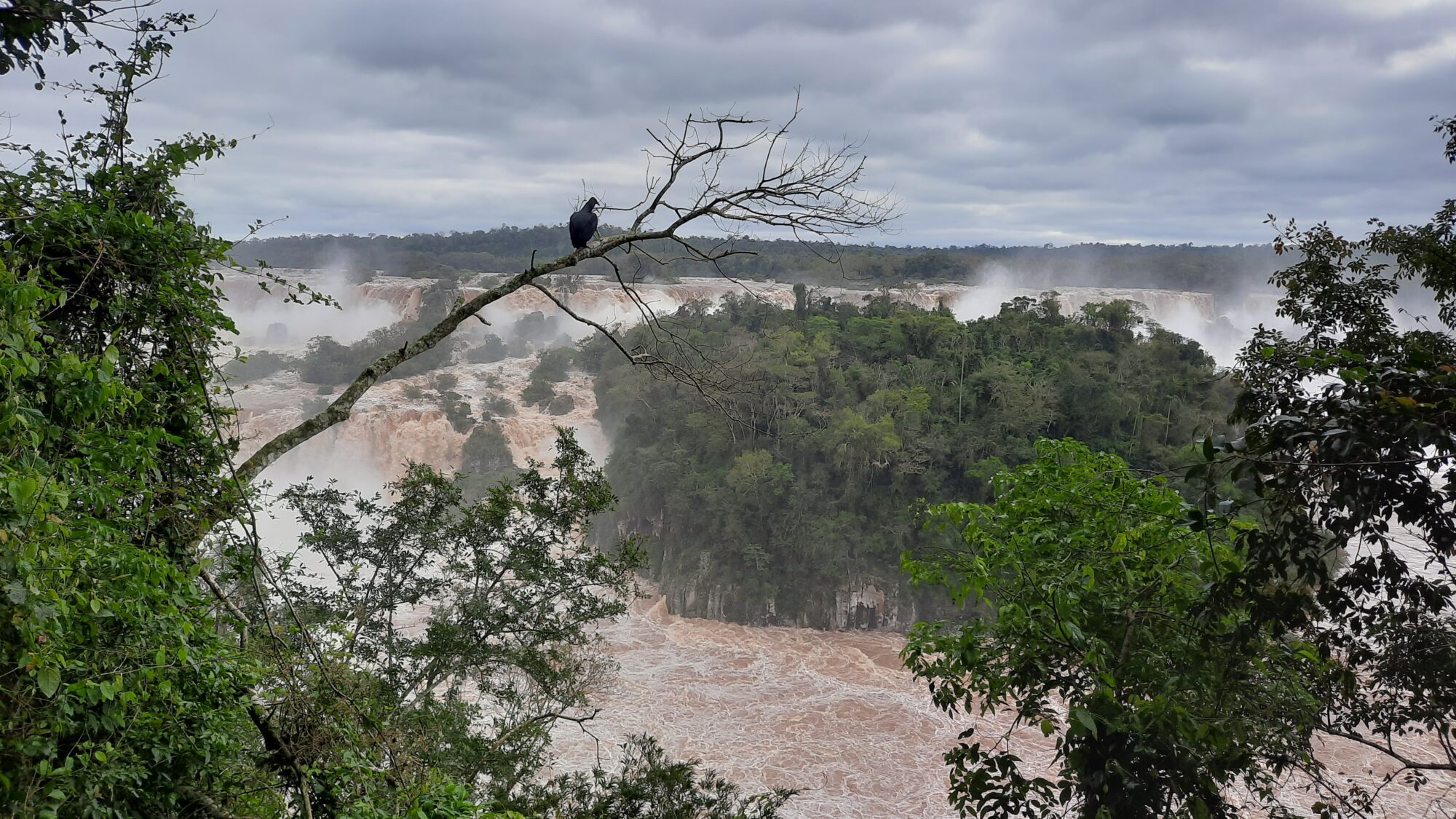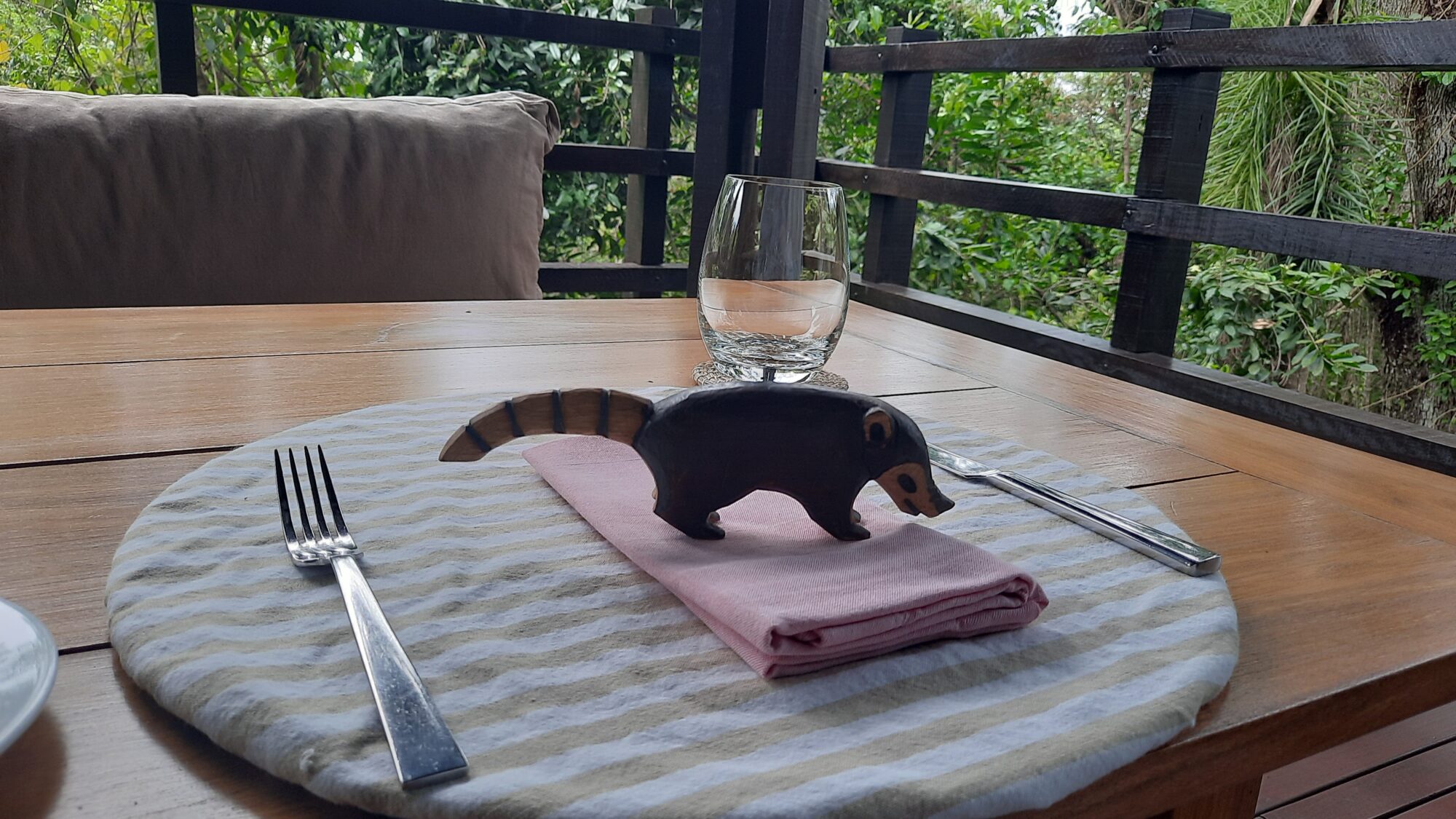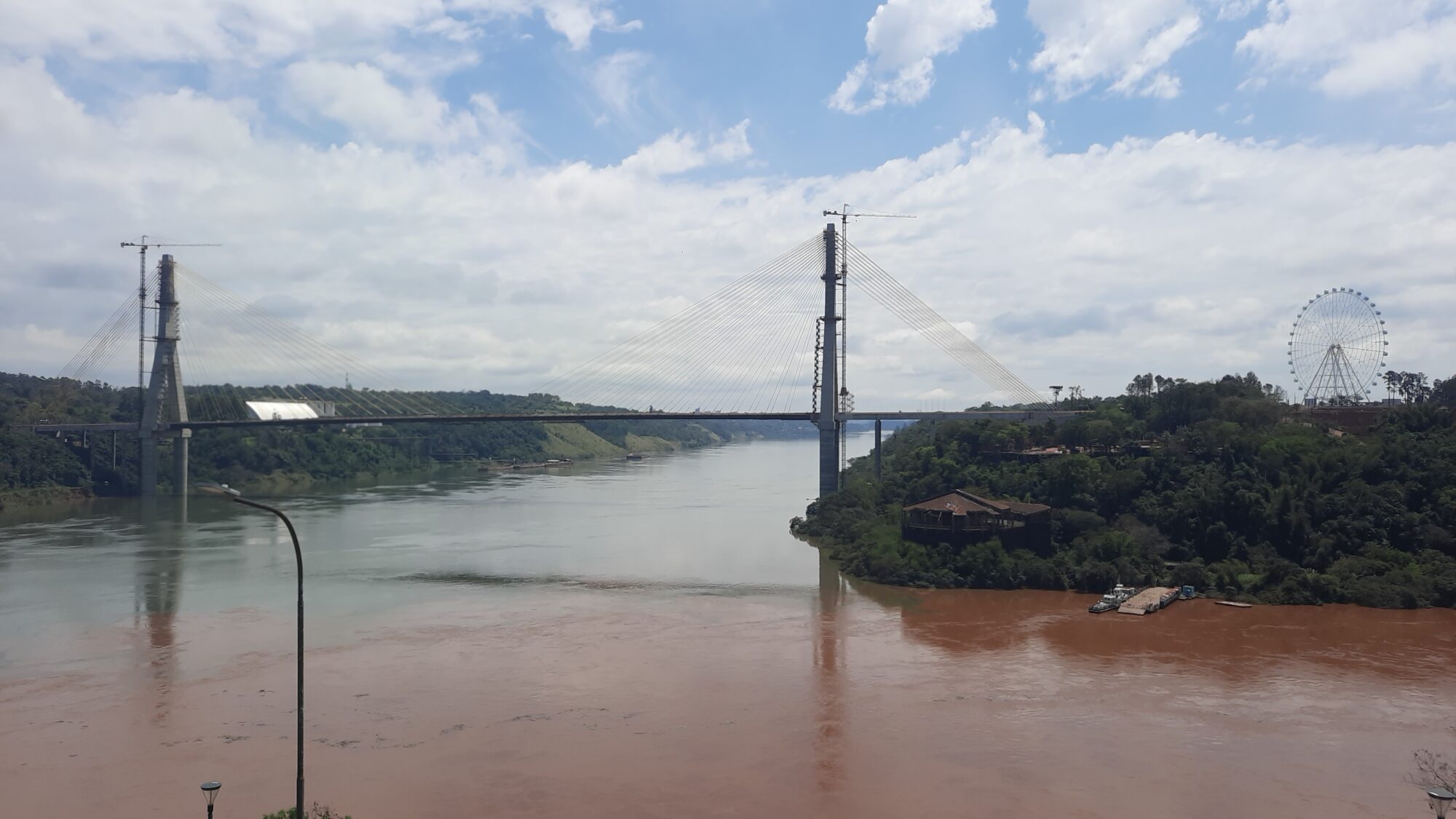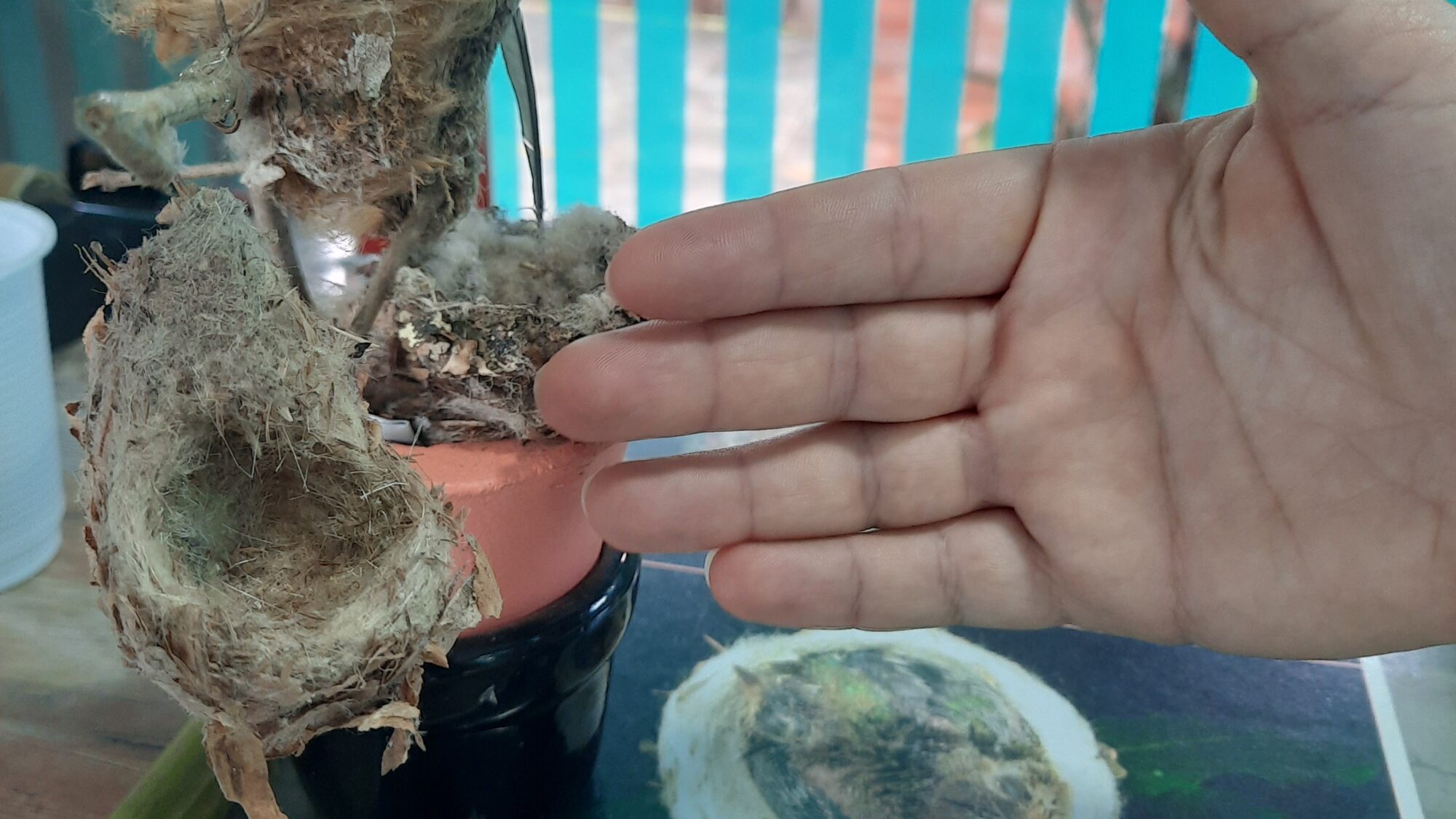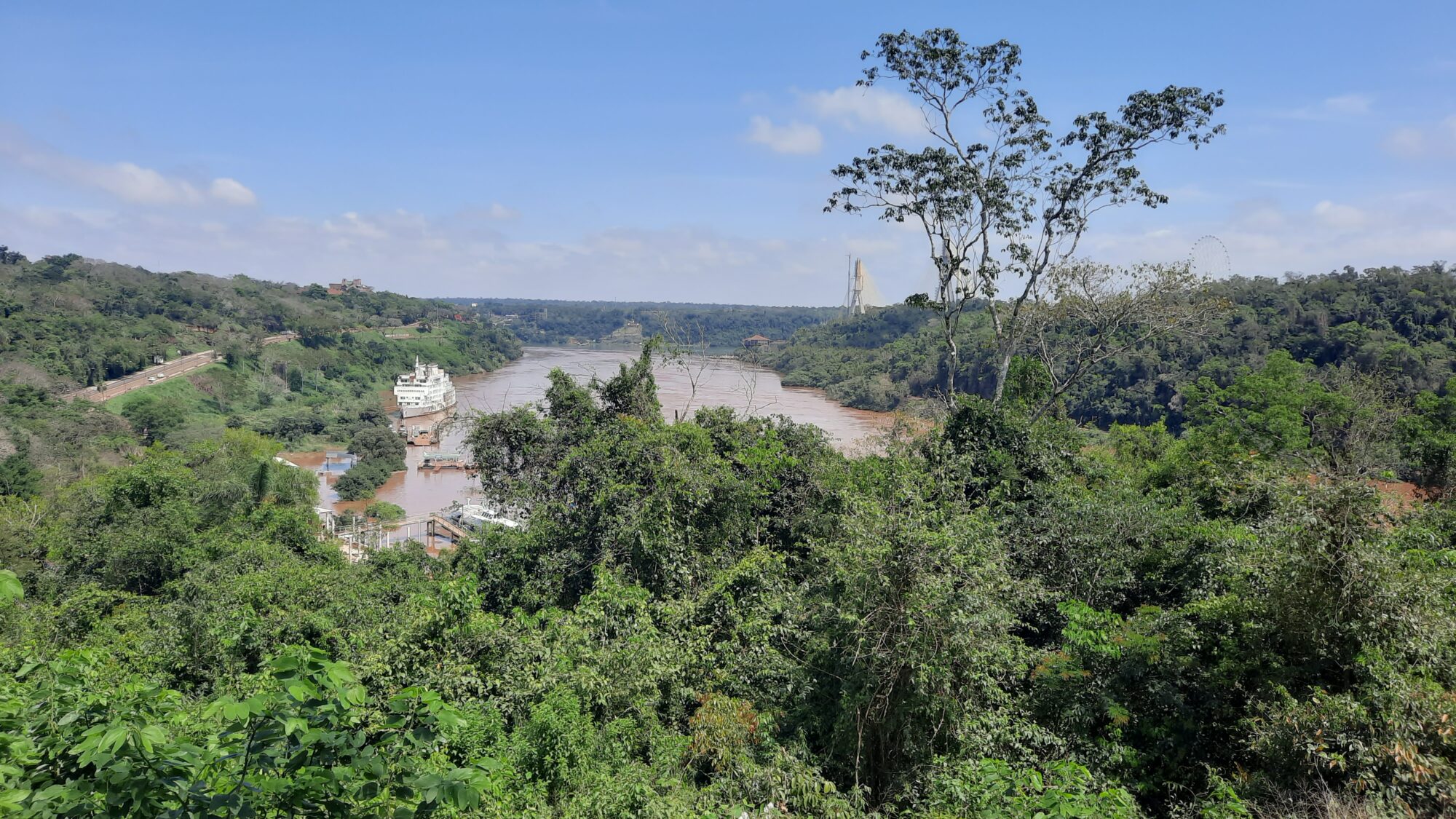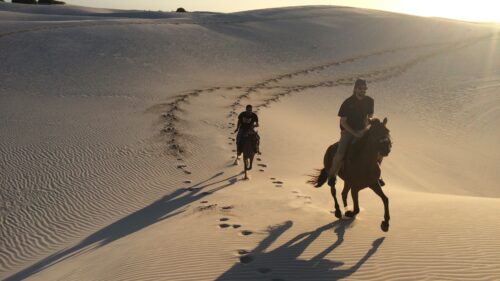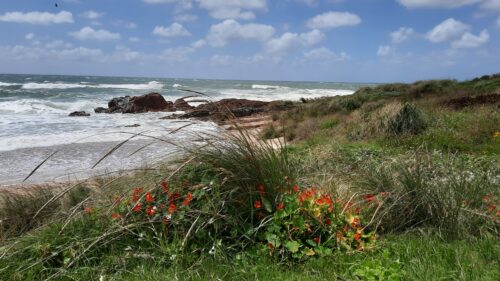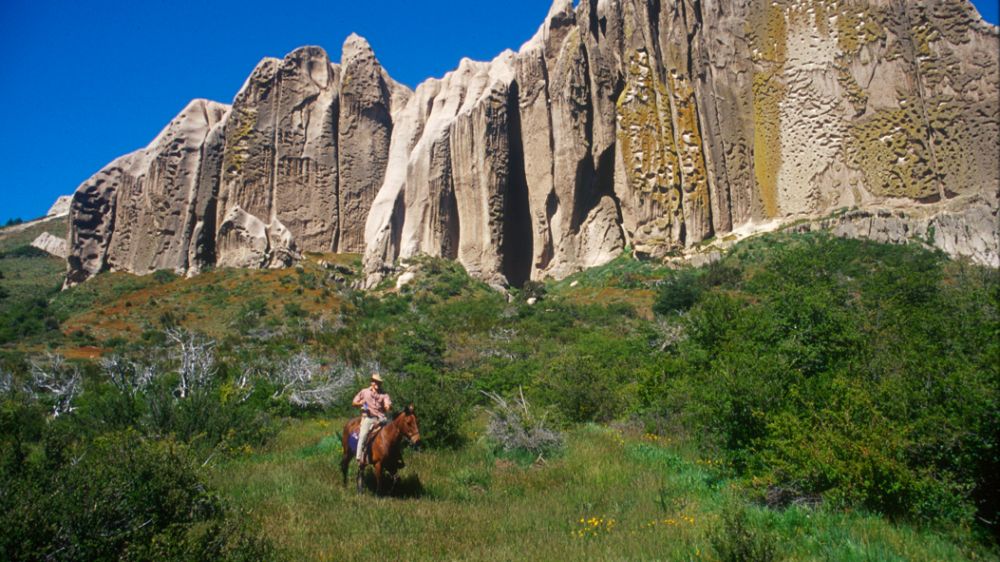Iguazú: getting your feet wet beyond the Falls
Integral to the grandiose setting, the alluring mist and immensity of sound that comes from getting close to the Iguazú Falls is the often overlooked, culturally and naturally diverse province of Misiones. Political borders aside, this area is the heart of Argentina’s Atlantic Rainforest.
Misiones province was named after the Jesuit missions that formed there in the 17th and 18th century. However, it is made up of lands inhabited by the Guarani people long before the arrival of the Spanish, Portuguese and other European settlers and before its current borders were imagined. The Guarani indigenous communities historically and currently live in parts not only of Argentina but also of Brazil, Paraguay and Uruguay. And their long-standing relationship with the flora and fauna, as well as with the history of this region have provided extensive understanding of the ecosystems around which the National Park of Iguazú has been protected, along with other lesser known and visited parks and reserves in the province.
A visit to Iguazú Falls, as formidable as this experience is, is only the beginning of what this part of ‘NEA’ or Northeast Argentina has to offer for the visitor. If you can take the time to stay a few nights instead of making a checklist stop to see the falls and continue on, you’ll be duly engaged. Let’s dip our toes into a few ways to experience Iguazú…beyond the falls!
The confluence of Iguazú and the Paraná Rivers
The Iguazú River flows south from Brazil where it dramatically plummets over the synonomous Falls before meeting with South America’s second largest river, the Rio Paraná. Depending on the season and the rainfall along its route, the Iguazú brings with it sediments of red earth from along its banks. That red earth, translated into ‘tierra roja’, is venerated in folk songs of the region and national poetry – beyond the visual impact that this geographical feature of Argentina’s north has, it also has an almost mystical importance to many. Visiting the confluence of these rivers also means stopping in the quirky little town of Puerto Iguazú, where life moves to a slower beat than many other centres in the country. The day to day, although interconnected to the National Park through businesses, small hotels and restaurants, seems somewhat removed from the large volume of comings and goings to the Falls themselves which lie about a 30 minute drive away. School children make their way to class and park rangers and local guides spend time here during days off. Last but not least, this meeting point also marks a triple border. One can look out over the confluence with feet poised in Argentina, gazing east to Paraguay and north to Brazil. The shorelines are almost close enough to throw a ball across (if you have a really good arm).
Alternative Walking Trails (and Paddling)
One full day can easily be dedicated to visiting the main lookout points, balconies and walkways of the Iguazú Falls, the “Upper” and “Lower” circuits on the Argentine side and the walkway along the Brazilian side. A second day to dedicate to the Falls however, opens up possibilities to take more time and see more of the National Park as well as the Atlantic rainforest and all the creatures and remarkable vegetation within it. The Macuco Path is a 7km trail within Iguazú National Park which is often overlooked by default by those who have only one day to dedicate to the region. Macuco can be combined with Argentina’s Upper or Lower Falls circuit trails. Another area for nature walking is in Urugua-í Provincial Park, approximately an hour’s drive from the Falls. Making the trip there takes you deeper into the rainforest and is a place revered by biologists and conservationists South America for its biodiversity – a visit that adds an immense amount of dimension to any birder’s experience in NOE. And finally, experience the Paraná River by water by paddling the high or ‘alto’ part of the river and visiting Yasy Waterfall with its unique geological formations.
A Day Trip for the Archaeological Mind and Anthropological Heart
UNESCO has declared the Jesuit community of San Ignacio Miní, some of the province’s best preserved archaeological remnants from the country’s colonial period, a World Heritage Site. This is a full day excursion from Iguazú Falls, approximately 3 hours drive away. If you’d like to test how far you’re willing to travel to see this, watch the 1986 film based on this history, “The Mission” with Robert De Niro and Jeremy Irons. However, an optimal way to incorporate this is by making it a stop on route between the regions of Iguazú and Argentina’s phenomenal wetlands of Los Esteros del Iberá – a combination that is a delight for seekers of wildlife and off the beaten path destinations.
